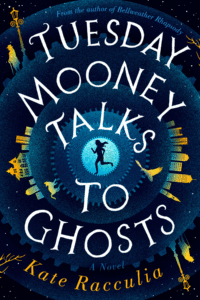I was not a constitutionally brave child. Far too clumsy to be physically fearless, I was a congenital worrywart, a bone-deep goody two-shoes. I was well acquainted with murder (She Wrote), and rather enjoyed the beasties that otherwise haunted my generation’s childhood: the Skeksis, the Wheelers, the Gmork. But the murky violent unknown, overheard and half-grasped, frightened me—and thrilled me. I was, constitutionally, curious about the dark.
Books were the first place I could safely indulge my curiosity, plumb the depths of sensation and madness and even look death in the face. What follows is an incomplete and idiosyncratic look back at my literary education in the gothic, the chilling and the terrifying, as much a reading list as a personal history in 10 tomes. Read on if you dare.
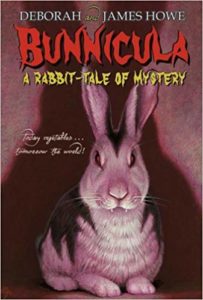
Bunnicula, Deborah and James Howe
The gateway text. The classic tale of a vegetable-draining vampire bunny adopted by the unwitting Monroe family and actively dealt with by their housepets, genial dog Harold and megalomaniacal cat Chester—the best feline in literature (fight me)—isn’t very scary, and isn’t trying to be. Harold’s first person narration is an outrageously clever and charming feat of point-of-view that generates real sympathy for the titular monster bun. This was something I absorbed rather than realized at the time: that the beats of a genre are made to be remixed.
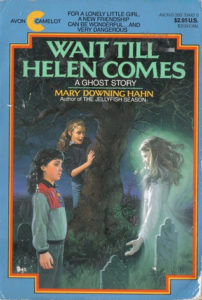
Wait Till Helen Comes, Mary Downing Hahn
It is impossible to overstate how influential this book was on both my tastes as a reader, and my interests as a writer. Scary as hell (still!), it’s a ghost story laid over a realistic plot about death, guilt, and dealing compassionately with a very troubled stepsister, who is a legit mess. Hahn does a incredible job of writing Heather as a complicated human being, making for the perfect balance of genre pleasure and literary heft: come for the chills, stay for the emotional payoff.
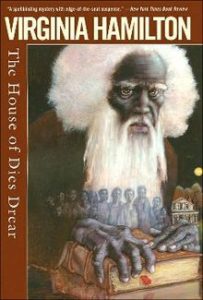
The House of Dies Drear, Virginia Hamilton
One of the few books that seemed to be available to me as a kid that featured an African-American protagonist, and the only one that was a genre—gothic mystery—beyond realistic fiction, even as it was about the history of slavery. Thomas Small moves with his family into an old house in Ohio that was part of the Underground Railroad, full of secret passages and rooms, and, legend has it, ghosts. Between this and Bruce Coville’s The Ghost Wore Gray, I first connected the dots between ghosts and American history.
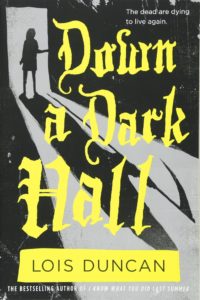
Down a Dark Hall, Lois Duncan
All hail Lois Duncan, late queen of Twitter, eternal queen of teen suspense. Not all her books are supernatural, but man alive, this one is: only four girls are admitted to an elite creepy boarding school, which is interested less in educating them than in abusing their untapped psychic talents. Psychologically horrifying, particularly for young overachievers [raises hand] who took pride in their scholastic gifts.
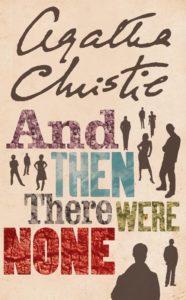
And Then There Were None, Agatha Christie
My love of mysteries is inseparable from my love of the gothic, and this book is an ideal mix of both: a diabolical whodunnit of vengeance and paranoia that sees an island full of unhappy guests ghoulishly dispatched, one cruel jerk at a time. The slashers of the 80s, with their incremental dwindling casts, owe a major debt to Christie; that Vera, the nominal final girl, doesn’t make it out alive (spoiler) made this my first encounter with a truly perfect unhappy ending.
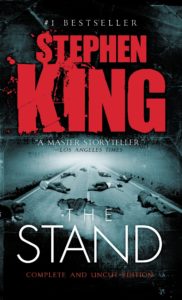
The Stand, Stephen King
The Stand introduced me to darkness on an apocalyptic scale, and has the distinction of being the only book to ever make me throw up. It was probably a coincidence, but still: I had a wretched cold, who’s to say it wasn’t nascent Captain Trips? Terrifying but, like the vast majority of King’s work, never bleak; it’s engrossing, humane, full of faith in what people can do when they band together (for good or for ill), and ultimately proof that the dark and the light are two halves of the same thing.
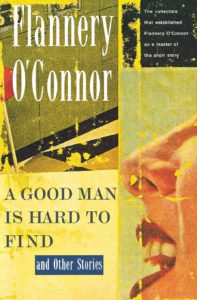
A Good Man is Hard to Find, Flannery O’Connor
This collection is dark af all the way through, but the eponymous story, with its roadside family murder, is a master class in voice, character, suspense, what you can get away with—and desperately morbid comic timing. The Addams Family first crystallized my appreciation for black humor, but O’Connor taught me how to level up.
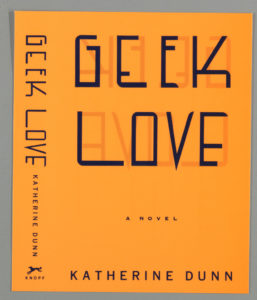
Geek Love, Katherine Dunn
What can I say about this that hasn’t already been said? When I read it in college, having been seduced by that iconic Chip Kidd cover, it changed my brain. The story of the Binewskis, a circus family who home-brew their own freakish offspring, is grotesque, yes. Horrifying and heartbreaking. But unlike anything I’d read before or since, and so goddamn alive.
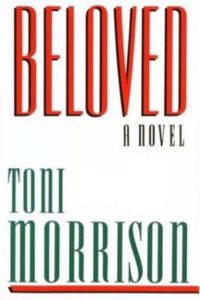
Beloved, Toni Morrison
What can I say about this that hasn’t already been said? Only that this book fills me with awe, for everything it does and says and is: about mothers and children, impossible choices, and the bedrock violence of America’s original sin. The past is webbed with ghost stories, and Toni Morrison found glorious, ecstatic languages to tell them.

The Sundial, Shirley Jackson
I read “The Lottery” in middle school, which is the perfect time to read it (for the same reasons it’s the perfect time to see Heathers), and as much as I love We Have Always Lived in the Castle and The Haunting of Hill House, there’s something about The Sundial that felt like my long gothic education’s capstone. With its paranoid family clan locked in their grand New England estate, waiting for the foretold end of the world and gnawing itself to the bone in anticipation, it’s Shirley Jackson at her most gleefully macabre.
* * *


